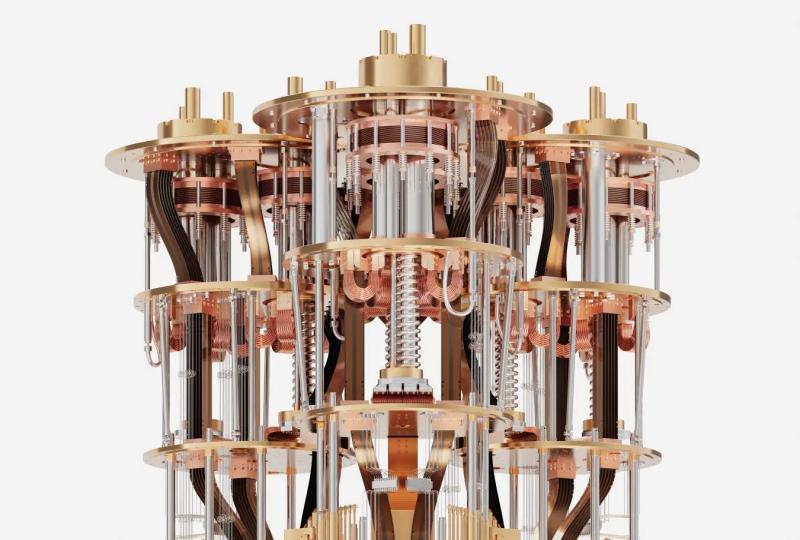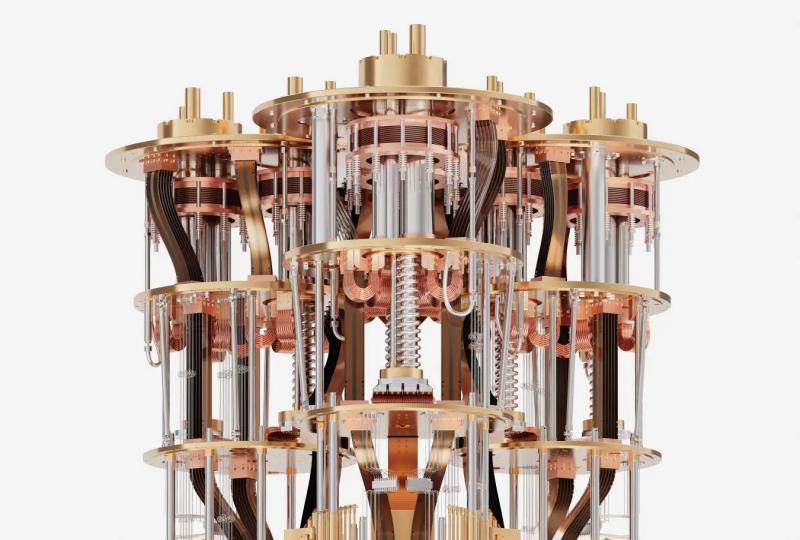Unraveling the Role of DAC in Quantum Systems
2025.07.02 · Blog Digital-to-Analog Converter (DAC) for quantum systems
Introduction
In the realm of quantum systems, Digital-to-Analog Converters (DACs) play a vital and often underappreciated role. As quantum technology continues to advance, the importance of DACs in enabling precise control and manipulation of quantum elements has become increasingly evident.
The Function of DAC in Quantum Systems
DACs in quantum systems are primarily tasked with converting digital control signals into analog forms, such as analog voltages, light pulses, or microwave pulses. These analog outputs are crucial for controlling qubits, the fundamental units of quantum information, and for creating quantum gates.
Qubits need to be manipulated with extreme precision to achieve accurate quantum computations. DACs provide the means to generate the specific analog signals required to change the state of qubits, create superposition, and induce entanglement. For example, a precisely timed and shaped microwave pulse generated by a DAC can be used to flip the state of a qubit or to entangle multiple qubits.
Requirements for DAC in Quantum Systems
-
High Resolution: To precisely manipulate qubit states, DACs in quantum systems typically need a high resolution, often in the range of 8 - 12 bits. This allows for the accurate representation of complex control signals, enabling fine - grained control over qubit operations.
-
High Speed: Quantum operations occur on extremely short timescales. Therefore, DACs must have fast settling times, usually in the nanosecond range or faster. This ensures that the analog signals can be updated quickly enough to keep up with the rapid pace of quantum computations and to minimize signal distortion.
-
Low Noise: Any noise introduced by the DAC can corrupt the control signals and affect the fidelity of quantum operations. Thus, low - noise performance is essential to maintain the integrity of the quantum states and ensure accurate computations.
Challenges in Implementing DAC for Quantum Systems
-
Miniaturization: As the number of qubits in quantum systems increases, so does the need for a large number of DACs. For instance, if each qubit requires multiple DACs, scaling up to systems with thousands or even millions of qubits poses a significant challenge in terms of space requirements. Developing compact and scalable DAC solutions is crucial to meet the demands of large - scale quantum computing.
-
Integration: Seamless integration of DACs with quantum qubit control and readout electronics is vital for the efficient operation of quantum systems. However, achieving this integration is complex, as it requires careful design and engineering to ensure that the DACs work in harmony with the rest of the quantum hardware.
-
Low - Temperature Operation: Many quantum systems operate at extremely low temperatures, often close to absolute zero. DACs designed for room - temperature operation need to be modified and optimized to function reliably in these cryogenic environments. This requires specialized circuit design techniques and the development of new materials and components that can withstand low temperatures.
The Future of DAC in Quantum Systems
As quantum systems continue to evolve and move towards more practical applications, the role of DACs will become even more critical. Future developments in DAC technology for quantum systems are likely to focus on improving resolution, speed, and noise performance while addressing the challenges of miniaturization, integration, and low - temperature operation.
In conclusion, DACs are an indispensable component of quantum systems, enabling the precise control and manipulation of qubits that is essential for the success of quantum computing and other quantum technologies. Understanding and advancing DAC technology is key to unlocking the full potential of the quantum realm.
Featured Content






